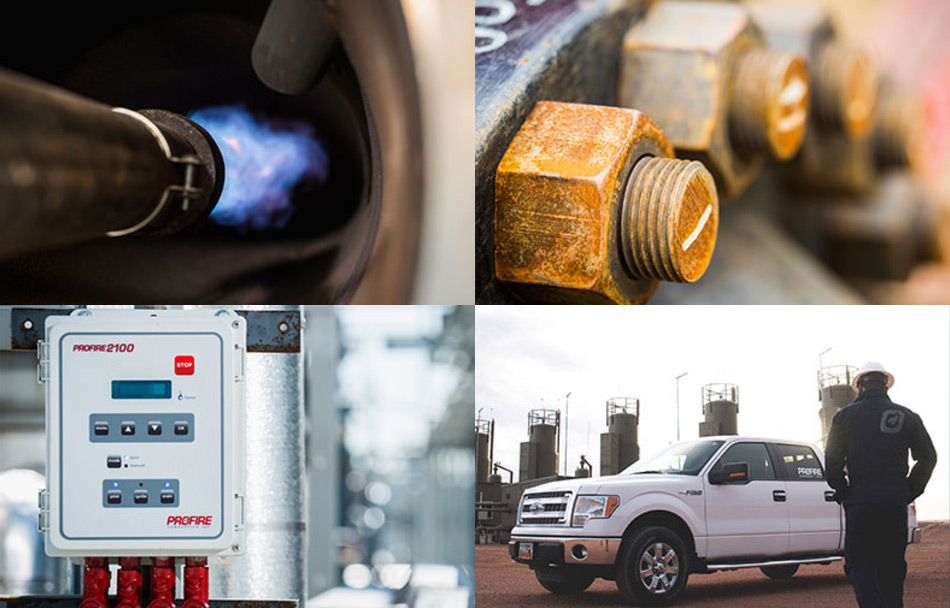- Albanian
- Arabic
- Belarusian
- Bengali
- Czech
- English
- French
- German
- Hebrew
- Hungarian
- Indonesian
- irish
- Italian
- Japanese
- kazakh
- Persian
- Russian
- Thai
- Uzbek
- Vietnamese
roller coaster engineering
The Thrill of Roller Coaster Engineering
Roller coasters have become a staple of amusement parks around the world, captivating millions with their thrilling speeds, elaborate designs, and breathtaking drops. The engineering behind these adrenaline-inducing rides is a complex and fascinating blend of physics, creativity, and safety considerations that work together to create a memorable experience for riders.
The Fundamentals of Roller Coaster Design
At the heart of roller coaster engineering lies the fundamental principles of physics, especially the laws of motion and gravity. Engineers must consider factors such as acceleration, velocity, and the g-forces that riders experience during a ride. A roller coaster must be meticulously designed to balance speed with safety, ensuring that it can provide the thrills without compromising the riders' well-being.
The design process typically begins with a concept—what type of roller coaster will it be? Will it be a wooden coaster, known for its classic, rattling charm, or a steel coaster, which can allow for more intricate elements like inversions and loops? Each material comes with its own set of engineering challenges and opportunities.
Once a design direction is established, engineers create a detailed layout of the track. This involves computer-aided design (CAD) software and simulation tools to predict how the coaster will behave in real-life situations. Engineers use these tools to model the coaster’s trajectory, ensuring that it has the right amount of height and speed to generate the desired thrills while staying within safe limits.
Safety First
Safety is paramount in roller coaster engineering
. Engineers must adhere to strict industry guidelines and regulations to ensure that every aspect of the roller coaster is safe for public use. This includes thorough testing of the ride's structural integrity, the materials used, and the braking systems.Roller coasters undergo rigorous testing phases, often starting with model simulations before moving on to full-scale prototypes. These tests help engineers identify potential issues and areas for improvement. Moreover, all components, from the tracks to the cars, are designed to withstand significant stress and strain. For instance, the forces experienced during a loop or a drop are calculated to ensure that they fall within tolerable limits for human passengers.
roller coaster engineering

The Role of Technology
Modern roller coaster engineering has been significantly enhanced by technology. Advances in materials science allow for stronger and lighter components, which can create faster and more intricate rides. Furthermore, computer simulations provide engineers with the ability to visualize the ride experience in a way that was not possible in the past.
Moreover, ride manufacturers now employ virtual reality (VR) to offer immersive experiences even before the ride is built. These simulations can help gauge public interest and give feedback on the ride design before it is physically constructed.
The Art of Experience
While engineering plays a crucial role in the functioning of roller coasters, the art of creating an unforgettable rider experience can’t be overlooked. Designers work to create themes and stories that elevate the ride beyond just a mere thrill. The use of scenery, sound effects, and special effects can immerse riders into a different world, turning a ride into an experience.
For example, some roller coasters incorporate storyline elements where riders feel like they are on a journey through space or into the depths of a mystical forest. These artistic decisions require collaboration between engineers and designers to ensure that the visual and thematic elements enhance, rather than detract from, the ride experience.
Conclusion
The world of roller coaster engineering is a blend of art and science, creativity and precision. It brings together diverse fields such as physics, materials science, computer simulation, and thematic design to create unmatched experiences at amusement parks. As technology advances and public interest grows, the future of roller coaster engineering promises even more innovative designs and thrilling rides, continuing to capture the imagination of thrill-seekers everywhere.
-
Flume Ride-Hebei Zhipao Amusement Equipment Manufacturing Co., Ltd.|Thrilling Water Attraction&Customizable DesignJul.30,2025
-
Flume Ride - Hebei Zhipao Amusement Equipment | Water Coaster, Thrilling DescentJul.30,2025
-
Flume Ride - Hebei Zhipao | Thrilling Water AttractionJul.30,2025
-
Flume Ride: Thrilling Water Attraction by Hebei Zhipao|Log Flume Manufacturers&Flume Ride DesignJul.30,2025
-
Flume Ride-Hebei Zhipao Amusement Equipment Manufacturing Co., Ltd.|Thrilling Water Coaster, Safe DesignJul.30,2025
-
Flume Ride-Hebei Zhipao Amusement Equipment Manufacturing Co., Ltd.|Thrilling Water Attraction, Safe DesignJul.30,2025
